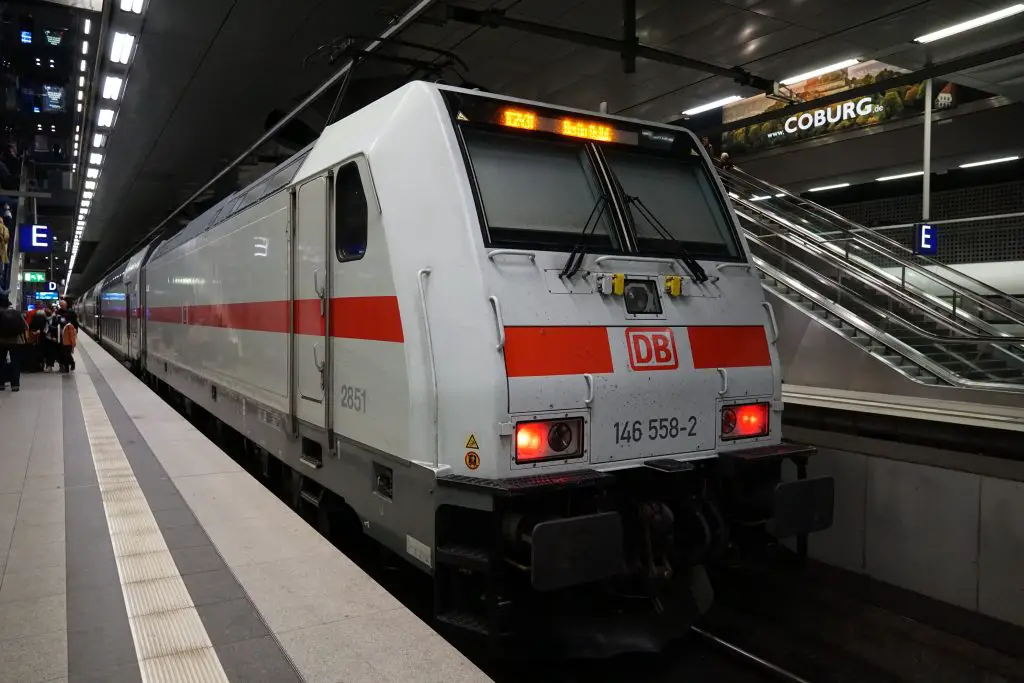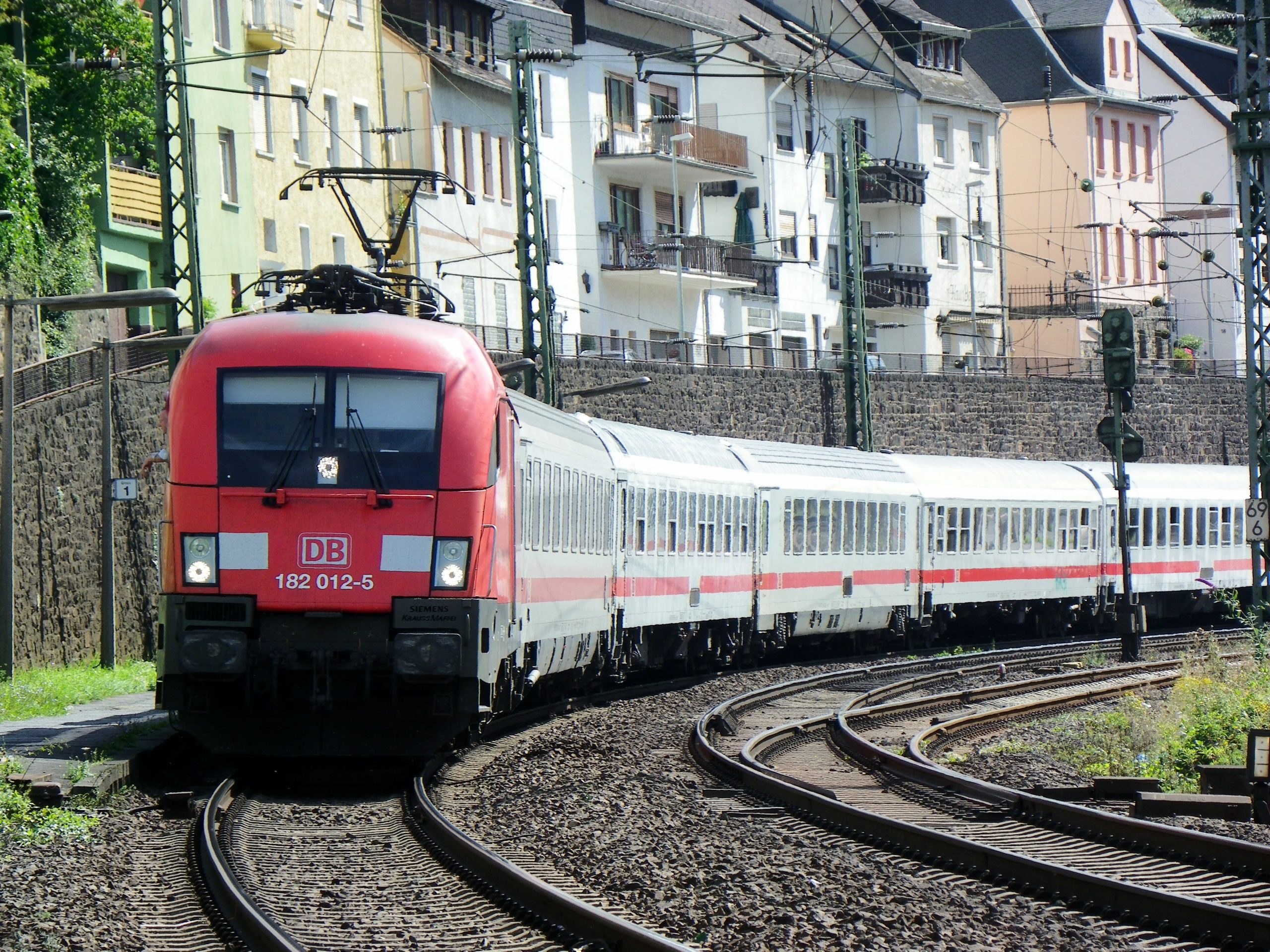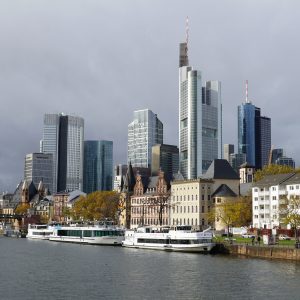Germany boasts one of the most efficient and extensive rail networks in Europe, and at the heart of it lies Deutsche Bahn (DB), the country’s national railway company. Whether you’re planning a trip to Germany or already live there, using Deutsche Bahn for your travels can be both convenient and environmentally friendly. In this guide, we’ll cover everything you need to know about Deutsche Bahn—from how to buy tickets to the various services it offers.
1. What is Deutsche Bahn?
Deutsche Bahn AG, commonly referred to as DB, is Germany’s state-owned railway company, operating both domestic and international rail services. It was established in 1994 after the merger of the West German and East German railway systems post-reunification. Today, DB runs everything from long-distance high-speed trains to regional and urban transport, making it the backbone of Germany’s public transport system.
2. Types of Deutsche Bahn Trains
Deutsche Bahn operates several types of trains depending on distance and speed. Here’s a breakdown:
a. InterCity Express (ICE)

The ICE is Deutsche Bahn’s premium, high-speed train, ideal for long-distance travel between major cities in Germany and neighboring countries. With speeds of up to 300 km/h (186 mph), ICE trains offer a fast, comfortable, and efficient way to travel.
- Amenities: Free Wi-Fi, power outlets, air conditioning, and a restaurant car.
- Routes: Major cities like Berlin, Munich, Frankfurt, Hamburg, and international destinations like Zurich, Paris, and Amsterdam.
b. InterCity (IC) and EuroCity (EC)

IC trains are slower than ICE but still offer long-distance services, connecting cities throughout Germany. EuroCity (EC) services operate between Germany and nearby European countries.
- Amenities: Fewer amenities than ICE but still comfortable.
- Routes: Domestic and cross-border routes to cities like Vienna, Prague, and Copenhagen.
c. Regional Trains (RE, RB, and S-Bahn)
For shorter distances, Deutsche Bahn offers a range of regional trains:
- RegionalExpress (RE): Faster regional service with fewer stops.
- RegionalBahn (RB): Slower regional trains that stop at more stations.
- S-Bahn: Urban commuter trains operating in major metropolitan areas like Berlin, Munich, and Frankfurt.
3. How to Buy Deutsche Bahn Tickets
There are several ways to purchase Deutsche Bahn tickets:
a. Online & Mobile
The easiest way to buy tickets is through Deutsche Bahn’s official website or the DB Navigator app. This app not only allows you to book tickets but also provides real-time train schedules and platform information.
- Tip: Book tickets in advance for the best fares, especially on long-distance routes like ICE.
b. At the Station
You can also buy tickets from ticket machines or service counters at railway stations. Ticket machines typically have multiple language options, including English.
c. Regional Tickets
Deutsche Bahn offers special regional tickets like the Bayern-Ticket or Schönes-Wochenende-Ticket, which provide unlimited travel within specific regions or during weekends for a flat rate. These are great for groups or families traveling together.
4. Understanding Ticket Pricing
Deutsche Bahn uses a dynamic pricing system for long-distance trains like ICE and IC, meaning ticket prices can vary depending on demand, travel time, and how early you book. Here’s a breakdown of the key ticket types:
a. Super Sparpreis (Super Saver)
The cheapest fare, but it comes with some restrictions: non-refundable and only valid on the specific train you booked.
b. Sparpreis (Saver Fare)
Slightly more expensive but more flexible than the Super Sparpreis. You can change your ticket for a fee, and it allows limited transfers.
c. Flexpreis (Flexible Fare)
The most expensive option but also the most flexible. With this fare, you can take any train on your travel day without being locked into a specific time.
d. BahnCard
For frequent travelers, Deutsche Bahn offers various BahnCards, which give discounts of 25% (BahnCard 25) or 50% (BahnCard 50) on train tickets. There’s also a BahnCard 100, which offers unlimited travel for a year.
5. Travel Classes
Deutsche Bahn offers two classes of service:
a. First Class
First-class passengers enjoy more spacious seating, quieter compartments, and dedicated service. Complimentary snacks and drinks are often provided on ICE trains.
b. Second Class
Second class is more affordable and still provides a comfortable experience, with access to Wi-Fi, power outlets, and the option to purchase food and drinks onboard.
6. Punctuality & Real-Time Information
Germany is known for efficiency, and Deutsche Bahn aims to uphold this reputation—but in reality, this doesn’t always go as smoothly as planned. Due to numerous construction sites and extensive track renovations, delays are relatively common. These infrastructure improvements are essential for long-term network performance, but they can cause significant disruptions in the short term.
To provide some context, the punctuality rates for September 2024 reveal the challenges DB is facing:
- 88.5% operational punctuality for overall DB passenger services.
- 89.2% operational punctuality for DB Regio (regional services).
- 67.9% passenger punctuality for DB Fernverkehr (long-distance services), meaning that nearly a third of long-distance trains were delayed.
- 62.4% operational punctuality for long-distance trains, highlighting that construction and track issues frequently impact these routes.
For travelers, it’s important to stay informed about potential delays. The DB Navigator app provides real-time updates on train status and platform information. If your train is delayed by more than 60 minutes, you may also be eligible for compensation under DB’s Passenger Rights Regulations.
While Deutsche Bahn strives for punctuality, the ongoing construction work and rail maintenance can impact travel plans. It’s advisable to build in some extra time, particularly for tight connections or long-distance journeys.
7. Traveling with Deutsche Bahn Internationally
Deutsche Bahn connects Germany to several neighboring countries, making it easy to travel across Europe by train. Popular international routes include:
- Paris to Berlin (via ICE or Thalys)
- Munich to Zurich
- Frankfurt to Vienna
- Hamburg to Copenhagen
You can book these tickets directly through Deutsche Bahn’s website or via partner rail services like France’s SNCF or Switzerland’s SBB.
8. Sustainability and Deutsche Bahn
Deutsche Bahn is committed to sustainability and has set goals to make its operations carbon-neutral by 2040. It invests heavily in green energy, with many of its trains already running on renewable electricity. Opting for train travel over driving or flying can significantly reduce your carbon footprint, making DB a great choice for eco-conscious travelers.
9. Tips for Traveling with Deutsche Bahn
Here are a few tips to help you make the most of your journey:
- Book early: Especially for long-distance travel, early bookings can save you a lot of money.
- Reserve a seat: While not mandatory in second class, seat reservations are highly recommended during peak times or long journeys.
- Food & Drink: You can bring your own food onboard or buy snacks from the restaurant car on ICE and IC trains.
- Plan for Delays: Delays can happen, so if you have a tight connection, give yourself some buffer time.
- Use the DB Navigator App: In the DB Navigator App you can see in real time all trains and also if you can reach your connection on time or not. If your train has a delay and you are not able to get the connecting train, you will see in the App alternative trains you can take.
Conclusion
Deutsche Bahn offers a comprehensive and convenient rail service throughout Germany and beyond. Whether you’re zipping between cities on a high-speed ICE train, exploring local regions on an S-Bahn, or traveling internationally, DB is a reliable choice for travelers. With its wide array of ticket options, sustainability efforts, and modern amenities, it’s no wonder Deutsche Bahn is a cornerstone of European transport.
So, next time you’re in Germany, skip the hassle of driving and let Deutsche Bahn take you where you need to go.




